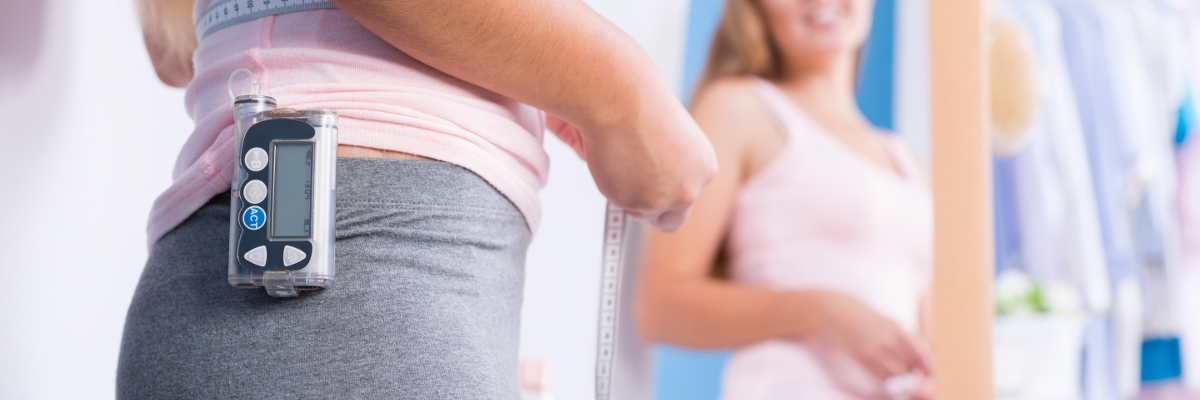As part of Diabetes Awareness Month, the Accessible Insulin Pump Taskforce is working with stakeholders and allies across North America to advocate for accessible insulin pumps and glucose monitors, in line with the International Diabetes Federation’s (IDF) theme for World Diabetes Day – “If Not Now, When?”
The taskforce is a collaboration between the National Federation of the Blind (NFB), the American Council of the Blind (ACB) and the Canadian National Institute for the Blind (CNIB) to ensure people who are blind or partially sighted can use their insulin pumps safely and independently to manage their diabetes.
The inaccessibility of insulin pumps is an international issue facing people living with sight loss and diabetes around the world. Not only is diabetes the leading cause of blindness in adults, ages 18 to 64, in Canada and the U.S., millions of people with other eye conditions may be diagnosed with diabetes or serve as a caregiver for a family member living with the diagnosis.
With such a strong link between diabetes and sight loss, insulin pump manufacturers have a responsibility to ensure people who are blind or partially sighted can safely and independently use their devices. However, manufacturers continue to only offer products that rely on visual features, and as a result, most insulin pump users with sight loss often require the assistance of others to use their device properly and safely.
Manufacturers have known about these issues for years, and advocates throughout North America have been offering recommendations for just as long. Unfortunately, there still isn’t a solution in immediate development, but the taskforce is committed to working with manufacturers to find one as soon as possible. We have been engaging with manufacturers to help them understand that accessibility means an individual must be able to safely and independently use their insulin pump.
Through continued collaboration and determination, we believe the day will come that anyone who is blind or partially sighted can use an insulin pump in the same manner as someone with sight. For far too long, those with sight loss have been unable to independently manage their own personal health. This is a problem that can and must be addressed – because if not now, when?
- Veronica Elsea, Chair, Accessible Insulin Pump Taskforce
- Thomas Tobin, President, ACB Diabetics in Action
- Debbie Wunder, President, Diabetes Action Network NFB
- Mary Davis, NFB
- Patricia Maddix, NFB, ACB
- Melanie Torrance, NFB
- Kat Hamilton, CNIB
- Ryan Hooey, CNIB
